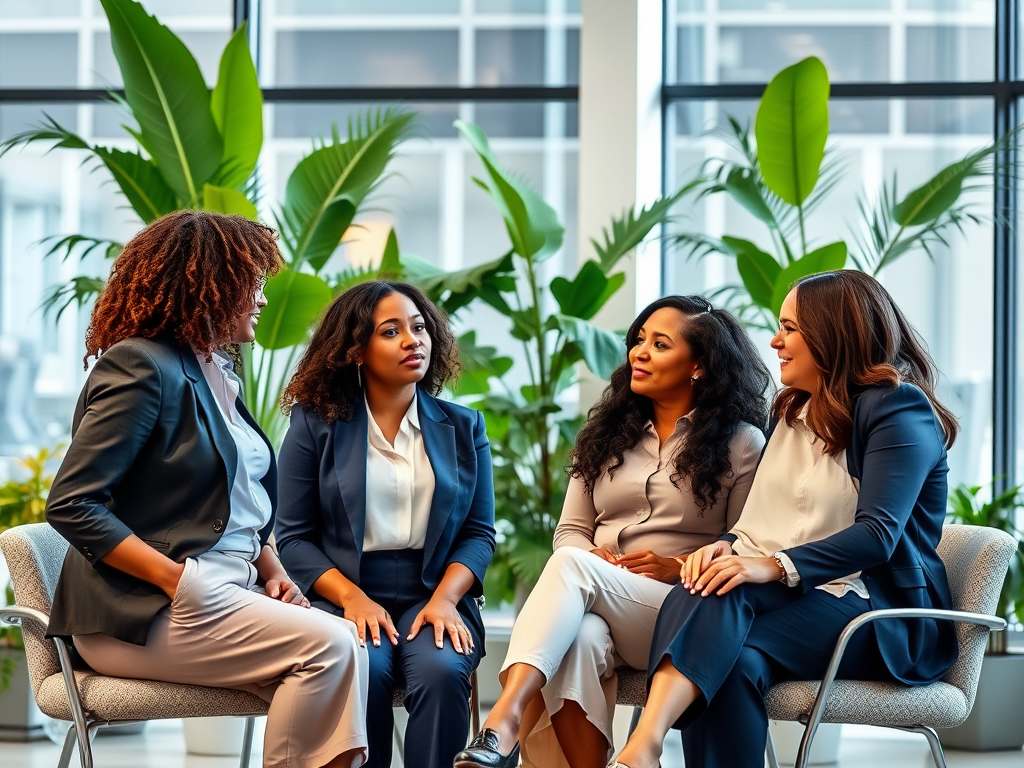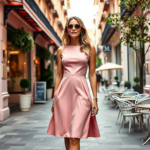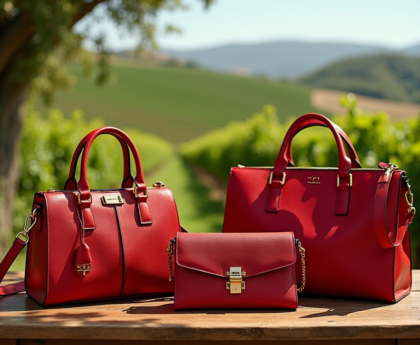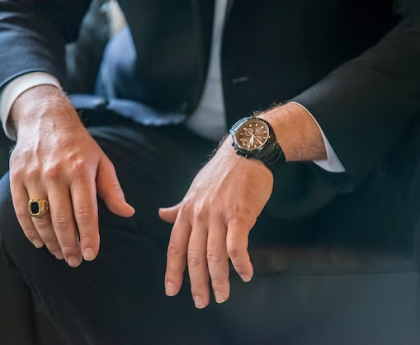When it comes to navigating the world of professional attire, women often find themselves at a crossroads between expressing personal style and adhering to workplace norms. Business casual is a term that has evolved over the years, often leading to confusion about what is truly acceptable. The balance between comfort and professionalism is key, as many workplaces are adopting a relaxed dress code while still maintaining an air of seriousness. It’s not just about following a set of rules; it’s about making informed choices that allow you to feel confident and poised. In this article, we will explore the essential pieces for a successful business casual wardrobe, while also pointing out common missteps to avoid. Whether you’re heading to a client meeting or a casual Friday at the office, our guide will help you make thoughtful wardrobe choices that speak to your individuality.
Understanding Business Casual Attire

Business casual attire strikes the balance between professionalism and comfort. It allows individuals to express their personal style while maintaining a level of formality appropriate for a workplace environment. This style often varies from one workplace to another, making it important to understand the specifics of your company’s culture. Familiarizing yourself with the expectations of your colleagues and superiors will provide insight into what is deemed acceptable. Keeping up with workplace trends can also help you navigate this flexible dress code. Creating a versatile wardrobe that transitions well from casual to formal situations will pay dividends in the long run.
Essential Clothing Items for Women’s Business Casual
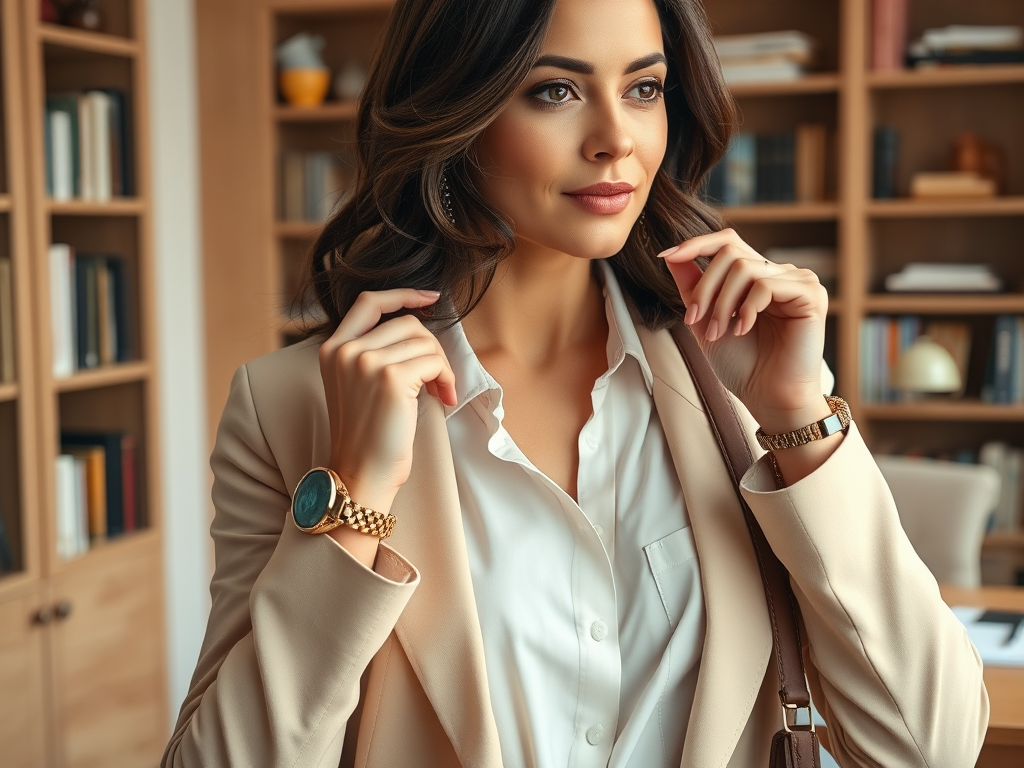
When considering what to wear for a business casual look, it’s essential to choose items that reflect professionalism yet offer comfort. Here’s a comprehensive list of essential clothing items to consider when building your wardrobe:
- Button-down shirts
- Blouses
- Polo shirts
- Knit tops and sweaters
When selecting tops, opt for fabrics that hold their shape and avoid overly casual materials like t-shirts made from jersey fabric. Patterns and colors can add personality, but steer clear of anything too loud. A well-fitted shirt underneath a blazer can create a classic, polished look. Pairing it with tailored pants can also enhance your overall appearance. Consider investing in a few high-quality pieces that can be mixed and matched throughout the week. Versatility is essential in maintaining a professional image.
Tops to Consider
When it comes to tops, selecting the right material and fit is essential. Be sure to choose fabrics that are breathable and have a structured look. You’ll want to balance style and comfort, especially when you have a long workday ahead. Additionally, incorporating a few versatile pieces into your wardrobe can save time during the busy mornings. While styling your tops, layering with cardigans or blazers provides both warmth and a touch of professionalism. Opt for colors that reflect your personality without straying into overly casual territory.
Bottoms that Work
Choosing the right bottoms can elevate your ensemble. Here are some recommended options that complement your tops:
- Tailored pants
- Chinos
- Skirts (knee-length or midi)
- Dresses
Tailoring is crucial for achieving a polished look. Consider classic cuts and neutral colors that ensure versatility. For a more dressed-up look, a pencil skirt paired with a fitted blouse can create a striking silhouette. It’s also wise to keep comfort in mind, especially for those who may commute or walk to meetings. Opt for breathable fabrics that allow for ease of movement throughout the day. Mixing and matching different types of bottoms will keep your outfits fresh and interesting.
Footwear Options
Footwear plays a significant role in completing a business casual outfit. Here’s a list of suitable footwear options to consider:
- Loafers
- Low-heeled pumps
- Ankle boots
- Stylish flats
Choose footwear that complements your outfit while keeping comfort in mind, especially if you spend long hours on your feet. The right pair of shoes can act as the punctuation mark to your outfit, tying everything together seamlessly. Textured fabric or subtle accents can provide interest without being overpowering. Additionally, ensure your footwear is both stylish and functional, keeping in mind the versatility you need for various workplace scenarios. Remember that first impressions count, so choose wisely.
Fabrics and Colors that Enhance Your Look
Choosing the right fabrics and colors can elevate your business casual attire. Here’s what to keep in mind:
| Fabric Type | Pros | Cons |
|---|---|---|
| Cotton | Breathable and comfortable | Can wrinkle easily |
| Silk | Luxurious appearance | Requires special care |
| Blends | Durable with stretch | May lack breathability |
Opt for materials like cotton, silk, or blends that offer comfort and maintain structure. Pay particular attention to how each fabric sits on your body and the ease of movement it allows. Neutral shades such as black, navy, gray, and beige are foundational; you can add in pops of color using accessories or accent pieces. Incorporating color strategically can enhance your overall appearance while ensuring you stay within the boundaries of business casual. Experimenting with different fabric textures can also create a nuanced look that showcases your personal style.
Accessories that Complete the Outfit
The right accessories can enhance your business casual look significantly. Consider incorporating:
- Statement necklaces
- Scarves
- Simple watches
- Professional handbags
However, keep accessories minimal to maintain a polished appearance. Oftentimes, less is more, especially in a professional setting. Selecting a few key pieces can have a greater impact than layering on too many accessories. Strive for a consistent theme that reflects your style while aligning with business decorum. The right handbag can serve as both a functional tool and a fashion statement. Remember to keep your accessories in balance with the rest of your outfit.
What to Avoid in Business Casual
While there are many options for what to wear, it’s equally important to know what to avoid in a business casual setting. Here are clothing items to steer clear of:
- Graphic t-shirts
- Ripped jeans or shorts
- Overly casual shoes like flip-flops
- Clothes with large logos
These items are typically too casual and may diminish the professionalism of your image. In addition to clothing, consider your overall grooming and presentation when heading to work. For instance, unkempt hairstyles and excessive jewelry can also detract from the professional look you aim to achieve. Small details matter, so pay attention to how you carry yourself as well. Ensure that your clothing fits well and is pressed, as this drastically affects your overall appearance. The key is to achieve a look that inspires confidence and respect in the workplace.
Conclusion
Navigating women’s business casual attire requires a careful balance of professionalism and personal style. By choosing the right clothing items and accessories while avoiding common pitfalls, you can create a polished and comfortable look that suits a variety of workplace environments. Remember that business casual can vary greatly from one office to another, so it’s key to stay aware of the culture around you. Take time to build a wardrobe that reflects both your unique style and the expectations of your workplace. Confidence in your attire can translate into confidence in your work performance, making it a crucial aspect of professional life.
Frequently Asked Questions
- What defines business casual attire? Business casual attire combines professional and comfortable pieces, typically excluding anything that resembles formal wear or overly casual outfits.
- Can I wear jeans for business casual? Yes, but they should be tailored, dark-colored, and free of rips or distressing to maintain a polished appearance.
- Are dresses considered business casual? Absolutely! Knee-length or midi dresses can be great options, especially when paired with tailored accessories.
- Can I wear open-toed shoes? Generally, yes, but it’s best to opt for more professional styles and avoid overly casual sandals.
- Is it appropriate to wear bright colors in a business casual setting? While it’s okay to wear brighter colors, it’s advisable to pair them with neutral tones and keep the overall look professional.
